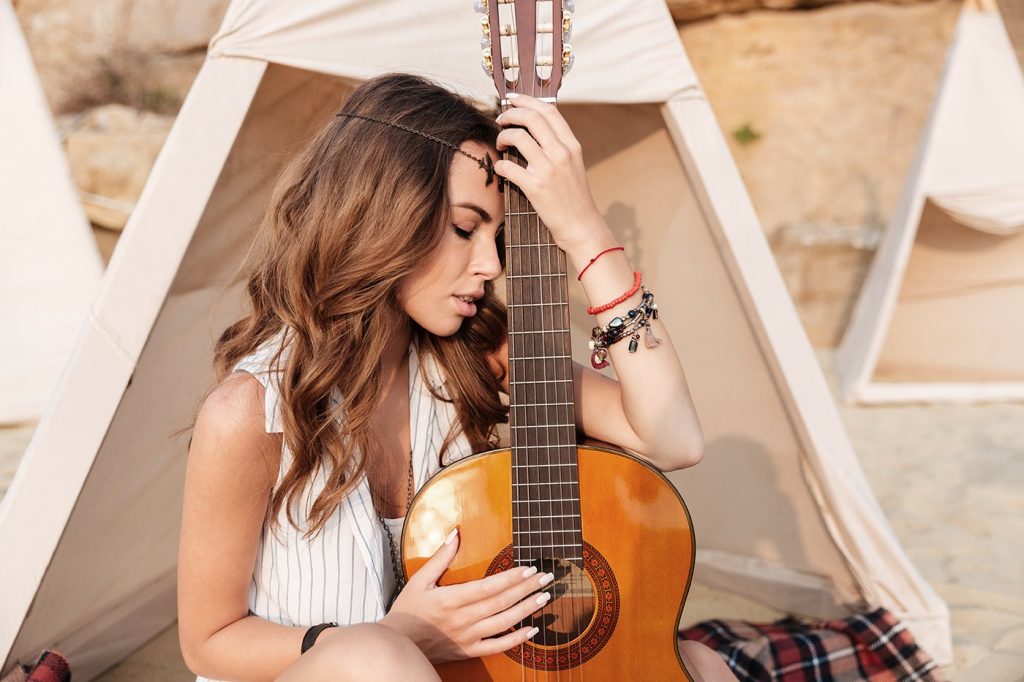
Digital Learning of Classical Music: Its Evolution
Traditionally music and arts have been transmitted from the master to the student with a spark in an unstructured manner. In the conservative past, practitioners of music were possessive about the art form. They were wary of giving away much to aspiring musicians.
Over the years, as things changed, musicians opened their mind and starting passing on their inheritance to their next generation. Disciples in this era used to be their children or close relatives who lived in the same household, or at least from the same village or town.
There are views floating around as to whether they were passing on all that they acquired, or held back niche elements out of their insecurity and ego. However, it is evident today after a few centuries, that the works and repertoire of those who had the most number of disciples has a good amount of documentation, preservation propagation and reach. Works of those masters who didn’t have disciples couldn’t weather the passage of time and have not survived.
In India, until the best part of the 20th century, master (Guru) Student (Sishya) relationship in the field of arts, music and culture was always the Gurukula system. Gurukula system is where the Sishya resides with the Guru and attends to his daily chores and needs and by virtue of living with the Guru, learns the art form and also the way of life. Guru has the utmost influence on the Sishya even more than his parents, siblings and close kith and kin. Accepting someone as a Sishya is a big deal. Success rates were better due to the constant vigil by the Guru in this methodology.
However, with the passage of time with the fast pacing of lifestyle and travel involved, spare time to learn art forms are getting scarce. Academic pressures Gurukula system of learning started to fade. There have been attempts to make art culture and music a mandatory course in academics as well.
However, it didn’t pan out as desired. Hybrid, which happened here, is to learn from a Guru, with one or two classes a week coupled with home practice sessions. Success rates were less in this method as other priorities took over from being serious musicians.
Though arts, culture and music were offered as a mainstream course in the Western world, for over 100 years, in India this did not evince interest till recently. Only in the last decade and a half offbeat mainstream courses in the field of visual communication, electronic media and also in engineering and performance of sound and music.
In the last decade or so, information superhighway, or the bandwidth of the Internet matured, e-learning is catching up very fast in both mainstream learning as well as extracurricular learning. Many of the western universities are offering even online undergrad as well as post-grad degrees, which is the next best to campus learning. Though it started with the advent 21st century and of the 4G Internet, in the last decade or so it has matured so well to complement as well as supplement face to face and on-campus learning.
Even in the art and culture space, teachers and learners have started believing and adopting e-learning. This is fast catching up even in the conservative Indian classical music space. With the implementation of 5G and latency free bandwidth and far higher penetration of information superhighway and pace of life and paucity of time E-learning will be the mantra for any aspiring artist wherein student will be able to acquire the best knowledge at the mutual convenience of the master and student and also beating the time and geographical barriers.
